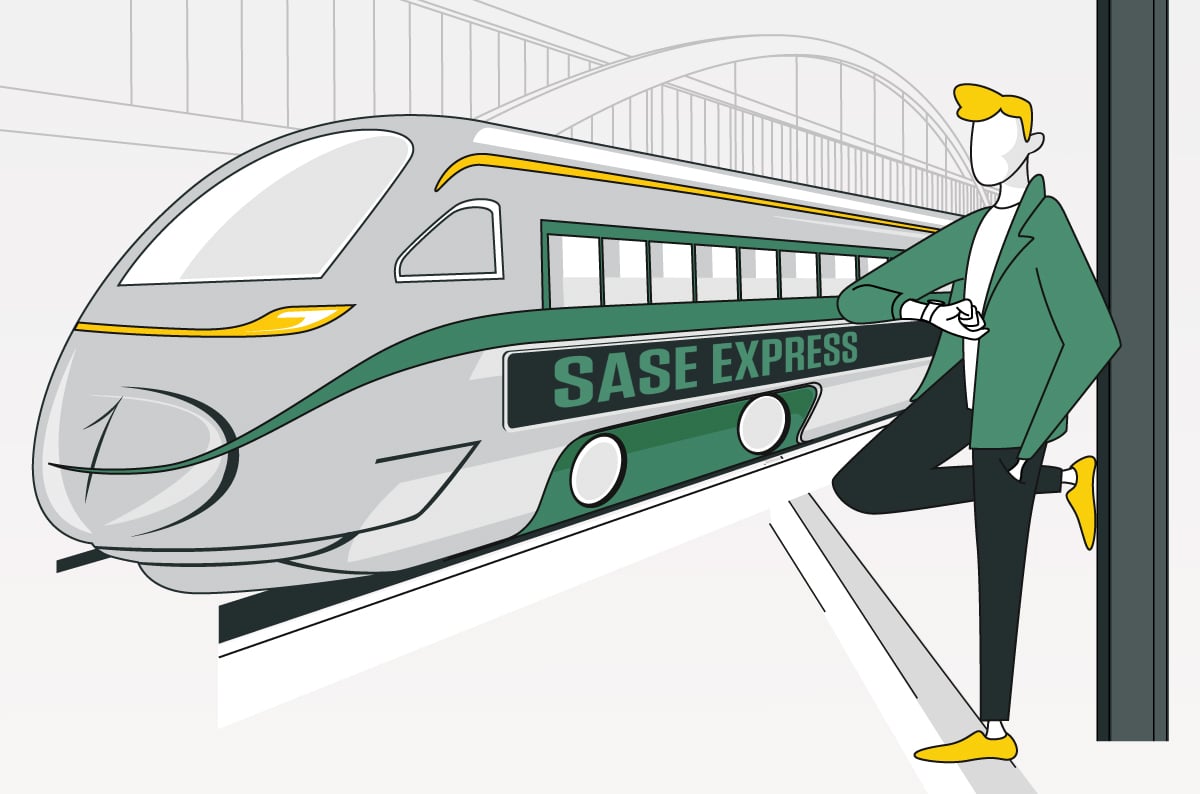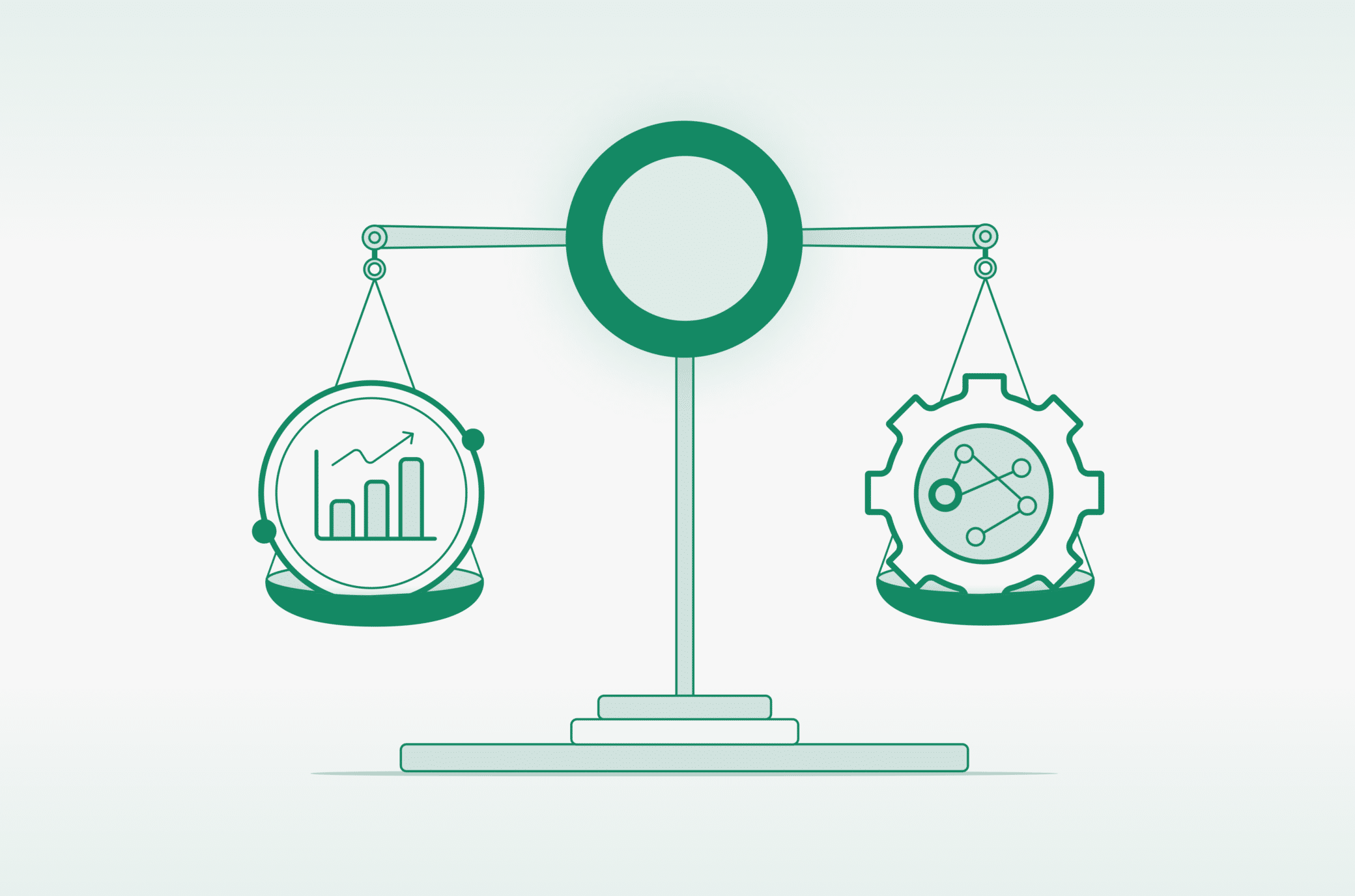Single Vendor SASE vs. the Alternatives: Navigating Your Options

|
Listen to post:
Getting your Trinity Audio player ready...
|
SASE sets the design guidelines for the convergence of networking and security as a cloud service. With SASE, enterprises can achieve operational simplicity, reliability, and adaptability. Unsurprisingly, since Gartner defined SASE in 2019, vendors have been repositioning their product offerings as SASE. So, what are the differences between the recommended single-vendor SASE approach and other SASE alternatives? Let’s find out.
This blog post is based on the e-book “Single Vendor SASE vs. Other SASE Alternatives”, which you can read here.
What is SASE?
The disappearance of traditional network boundaries in favor of distributed network architectures, with users, applications, and data spread across various environments, has created greater complexity and increased risk. Consequently, enterprises dealt with increased operational costs, expanding security threats, and limited visibility.
SASE is a new architectural approach that addresses current and future enterprise needs for high-performing connectivity and secure access for any user to any application, from any location.
Per Gartner, the fundamental SASE architectural requirements are:
- Convergence – Networking and security are converged into one software that simultaneously handles core tasks, such as routing, inspection, and enforcement while sharing context.
- Identity-driven – Enforcing ZTNA that is based on user identities and granular access control to resources.
- Cloud-native – Cloud-delivered, multi-tenant, and with the ability to elastically scale. Usually, this means a microservices architecture.
- Global – Availability around the globe through PoPs (Points of Presence) that are close to users and applications.
- Support all Edges – Serving all branches, data centers, cloud, and remote users equally through a uniform security policy, while ensuring optimal application performance.
In addition, a well-designed SASE solution should be controllable through a single management application. This streamlines the processes of administration, monitoring, and troubleshooting.
Common SASE Architectures
Today, many vendors are offering “SASE”. However, not all SASE is created equal or offers the same solutions for the same use cases and in the same way. Let’s delve deeper into a quick comparison of each SASE architecture and unveil their differences.
Cato SASE vs. The SASE Alternatives | Download the eBook1. Single-vendor SASE
A single-vendor SASE provider, such as Cato Networks, converges network and security capabilities into a single cloud-delivered service. This allows businesses to consolidate different point products, eliminate appliances, and ensure consistent policy enforcement.
In addition, event data is stored in a single data lake. This shared context improves visibility and the effective enforcement of security policies. Additionally, centralized management makes it easier to monitor and troubleshoot network & security issues. This makes SASE simple to use, boosts efficiency, and ensures regulatory compliance.
2. Multi-vendor SASE
A multi-vendor SASE involves two vendors that provide all SASE functionalities, typically combining a network-focused vendor with a security-focused one. This setup requires integration to ensure the solutions work together, and to enable log collection and correlation for visibility and management. This approach requires multiple applications. While it can achieve functionality similar to a single-vendor system, the increased complexity often results in reduced visibility, and lack of agility and flexibility.
3. Portfolio-vendor SASE (Managed SASE)
A portfolio-vendor SASE is when a service provider delivers SASE by integrating various point solutions, including a central management dashboard that uses APIs for configuration and management. While this model relieves the customer from handling multiple products, it still brings the complexity of managing a diverse SASE infrastructure. In addition, MSPs choosing this approach may face longer lead times for changes and support, adversely impacting an organization’s agility and flexibility.
4. Appliance-based SASE
Appliance-based SASE, often pitched by vendors that are still tied to legacy on-premise solutions, typically routes remote users and branch traffic through a central on-site or cloud data center appliance before it reaches its destination. Although this approach may combine network and security features, its physical nature and backhauling of network traffic can adversely affect flexibility, performance, efficiency and productivity. It’s a proposition that may sound appealing but has underlying limitations.
Which SASE Option Is Best for Your Enterprise?
It might be challenging to navigate the different SASE architectures and figuring out the differences between them. In the e-book, we present a concise comparison table that maps out the SASE architectures according to Gartner’s SASE requirements.
The bottom line: a single-vendor SASE is most equipped to answer enterprises’ most pressing challenges:
- Network security
- Agility and flexibility
- Efficiency and productivity
This is enabled through:
- Convergence – eliminating the need for complex integrations and troubleshooting.
- Identity-driven approach – for increased security and compliance.
- Cloud-native architecture – to ensure support for future growth.
- Global availability – to enhance productivity and support global activities and expansion.
- Support for all edges – one platform and one policy engine across the enterprise to enhance security and efficiency.
According to Gartner, by 2025, single-vendor SASE offerings are expected to constitute one-third of all new SASE deployments. This is a significant increase from just 10% in 2022. How does your enterprise align with this trend? Are you positioned to be part of this growing movement?
If you’re interested in diving deeper into the various architectures, complete with diagrams and detailed comparisons, while exploring specific use cases, read the entire e-book. You can find it here.














